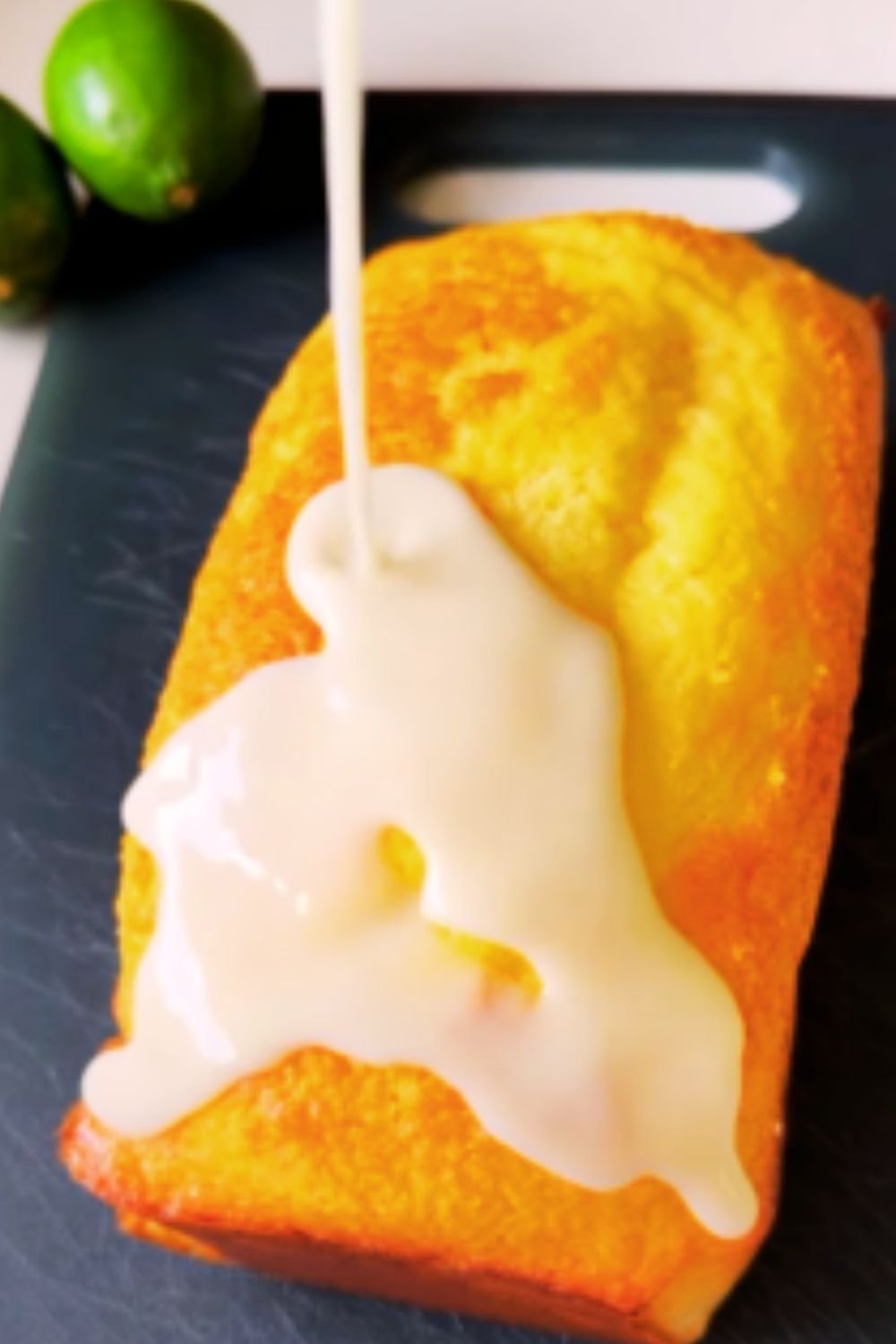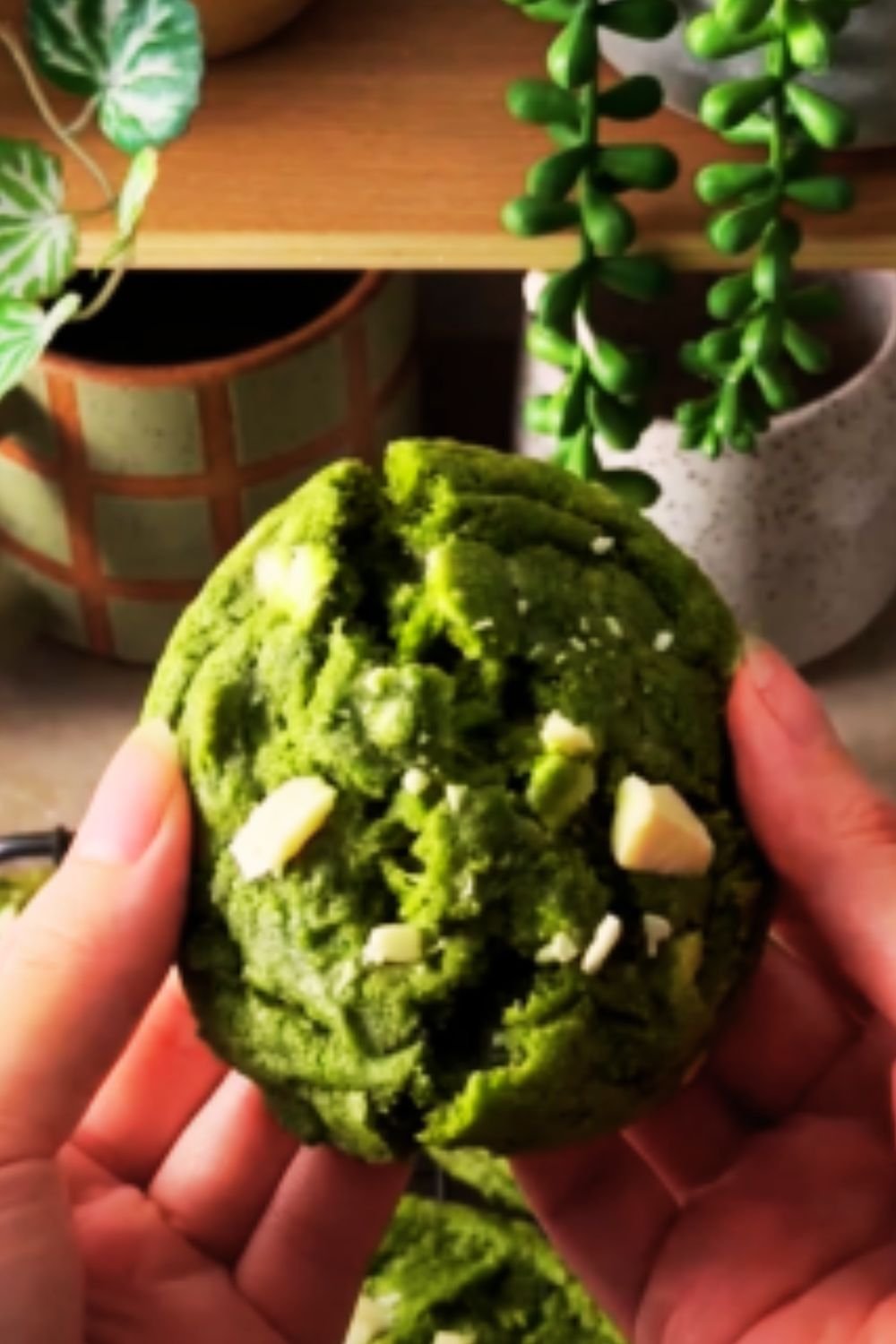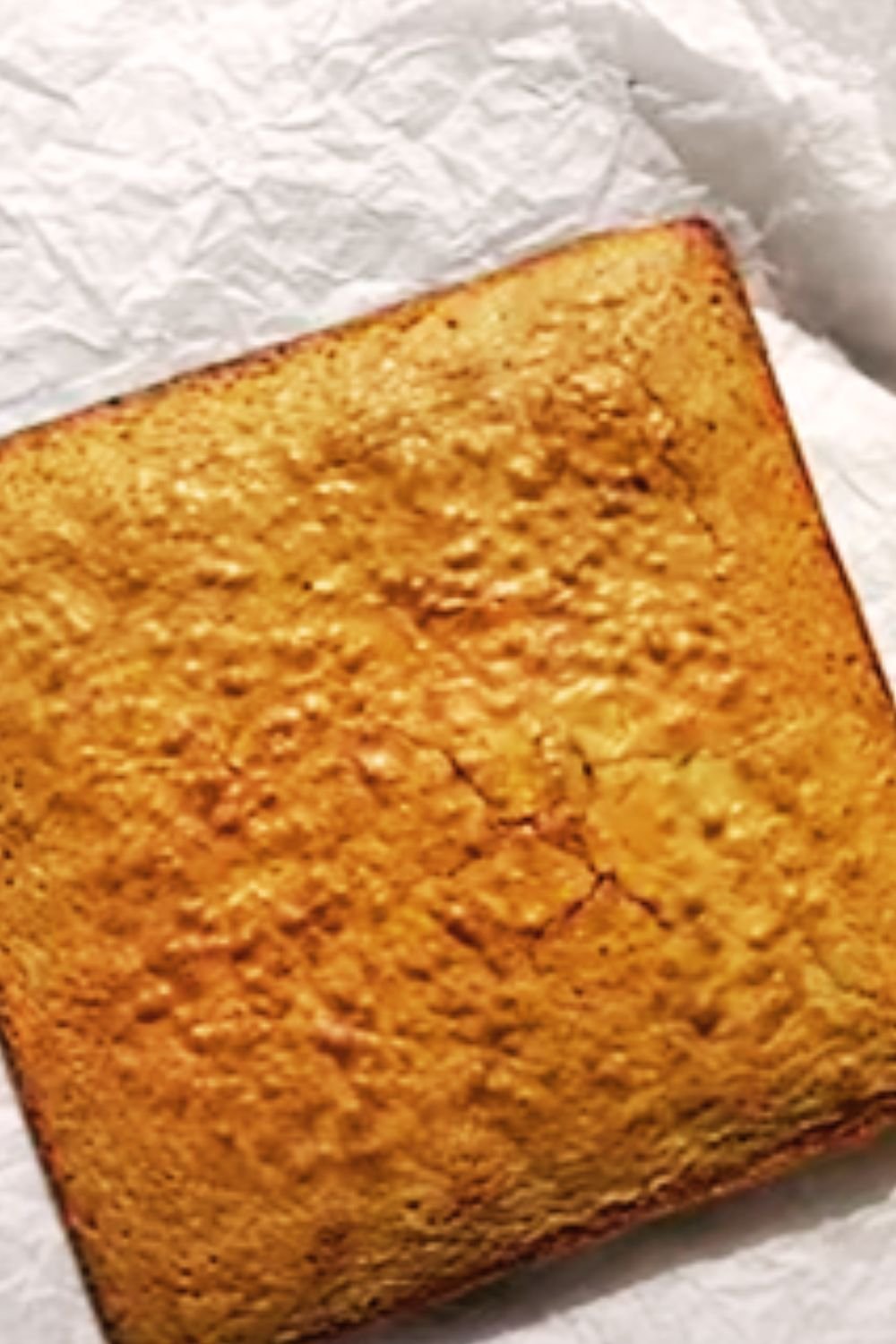There’s something magical about the subtle, earthy notes of green tea paired with the tropical sweetness of coconut. When these two flavors unite in a moist, tender loaf cake, the result is nothing short of extraordinary. I’ve spent years perfecting this recipe, and today I’m thrilled to share my ultimate Green Tea Coconut Loaf Cake with you.
This cake has become my signature bake for everything from afternoon tea gatherings to casual brunches. The vibrant green crumb studded with flakes of coconut isn’t just visually stunning—it delivers a flavor profile that’s both comforting and sophisticated. Whether you’re a matcha enthusiast or simply looking to expand your baking repertoire, this recipe deserves a place in your collection.
What Makes This Green Tea Coconut Loaf Special
Before we dive into the recipe, let me share why this particular loaf cake stands out from others you might have tried:
The combination of matcha powder and coconut creates a perfect balance between earthy and sweet notes. The matcha isn’t just for color—it provides a gentle caffeine boost and is packed with antioxidants. Meanwhile, the coconut adds wonderful texture and a tropical aroma that transforms an ordinary tea cake into something extraordinary.
I’ve carefully calibrated the sweetness level to complement the slight bitterness of the green tea. The result is a sophisticated flavor profile that appeals to both those who prefer less sweet desserts and those with a sweet tooth.
The texture hits that perfect middle ground—moist and tender with a slight density that makes it substantial enough to be satisfying while still maintaining a delicate crumb. The coconut adds just enough texture without overwhelming the smoothness of the cake.
Ingredients You’ll Need
For a truly spectacular Green Tea Coconut Loaf Cake, ingredient quality matters. Here’s what you’ll need:
For the Cake:
- 2 cups (250g) all-purpose flour
- 2 tablespoons high-quality matcha powder (ceremonial or culinary grade)
- 1 teaspoon baking powder
- ½ teaspoon baking soda
- ¼ teaspoon salt
- ½ cup (113g) unsalted butter, at room temperature
- 1 cup (200g) granulated sugar
- 2 large eggs, at room temperature
- 1 teaspoon vanilla extract
- ½ teaspoon coconut extract (optional but recommended)
- ¾ cup (180ml) coconut milk (not light version)
- ½ cup (40g) unsweetened shredded coconut
- ¼ cup (60ml) vegetable oil
For the Glaze:
- 1 cup (120g) powdered sugar
- 2 tablespoons coconut milk
- ½ teaspoon matcha powder
- ¼ cup (20g) toasted coconut flakes for topping
A Note About Matcha
The star ingredient in this recipe is matcha powder, and its quality will significantly impact your final result. Matcha is finely ground powder made from specially grown and processed green tea leaves. For baking, I recommend using culinary-grade matcha, which is more affordable than ceremonial grade while still providing excellent flavor and color.
When shopping for matcha, look for:
- A vibrant green color (dull or brownish matcha is likely oxidized)
- Fine texture (it should feel like fine powder, not gritty)
- Packaging that protects from light and air
- Production date (the fresher, the better)
While good matcha isn’t cheap, a little goes a long way, and the unique flavor it brings to this cake is absolutely worth it. Store your matcha in an airtight container in the refrigerator to maintain its quality.
Equipment Needed
I want to make sure you’re well prepared before starting this baking adventure:
- 9×5 inch (23×13 cm) loaf pan
- Parchment paper
- Electric mixer (stand or hand)
- Mixing bowls
- Whisk
- Rubber spatula
- Cooling rack
- Measuring cups and spoons
- Sifter for the matcha and flour
Step-by-Step Instructions
Now that we have our ingredients and equipment ready, let’s create this delicious loaf cake:
Preparation
- Preheat your oven to 350°F (175°C) and position a rack in the middle.
- Line your loaf pan with parchment paper, leaving some overhang on the sides for easy removal.
- Sift together the flour, matcha powder, baking powder, baking soda, and salt in a medium bowl. This step is crucial for ensuring the matcha is evenly distributed throughout the batter.
Making the Batter
- In a large bowl, cream together the butter and sugar until light and fluffy, about 3-4 minutes. Don’t rush this step—proper creaming incorporates air into the batter and helps create a tender crumb.
- Add eggs one at a time, beating well after each addition.
- Mix in the vanilla extract and coconut extract (if using).
- In a separate bowl or measuring cup, combine the coconut milk and vegetable oil.
- Add the dry ingredients to the butter mixture in three parts, alternating with the coconut milk mixture (begin and end with the dry ingredients). Mix just until incorporated after each addition—overmixing will develop the gluten in the flour and result in a tougher cake.
- Gently fold in the shredded coconut.
Baking
- Pour the batter into the prepared loaf pan and smooth the top with a spatula.
- Bake for 50-55 minutes, or until a toothpick inserted into the center comes out clean with a few moist crumbs.
- If the top is browning too quickly, tent it loosely with aluminum foil after about 30-35 minutes of baking.
- Let the cake cool in the pan for 10 minutes before transferring to a wire rack to cool completely.
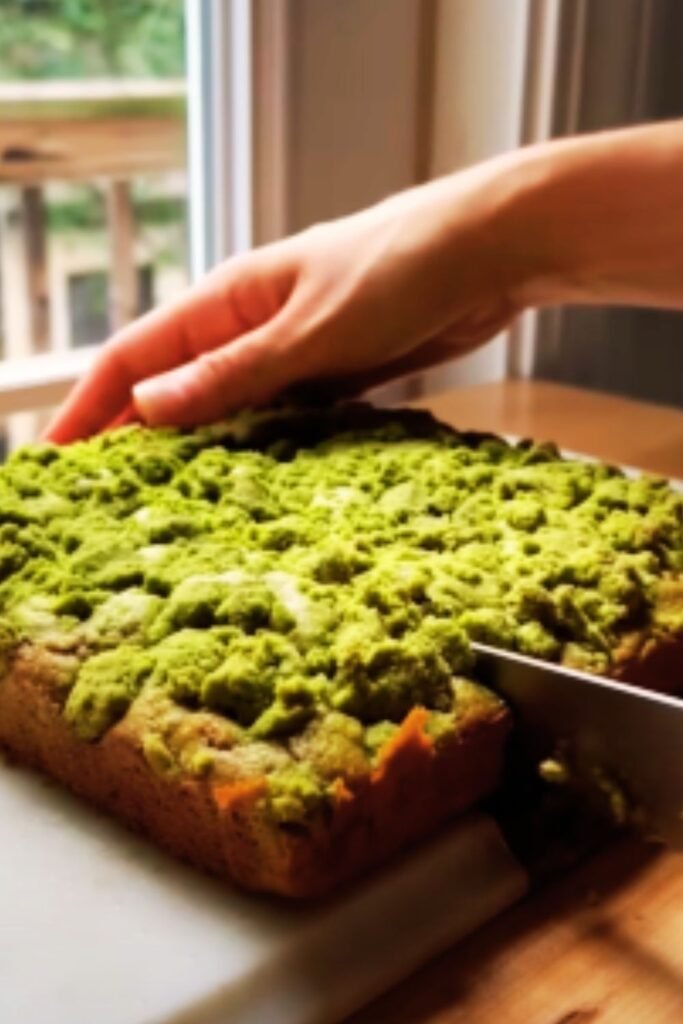
Preparing the Glaze
- While the cake cools, prepare the glaze by whisking together the powdered sugar, coconut milk, and matcha powder until smooth.
- If the glaze is too thick, add more coconut milk, a teaspoon at a time. If it’s too thin, add more powdered sugar.
Finishing Touches
- Once the cake is completely cool, drizzle the glaze over the top, allowing it to run down the sides.
- Sprinkle the toasted coconut flakes over the glaze before it sets.
- Allow the glaze to set for about 30 minutes before slicing.
Tips for a Perfect Green Tea Coconut Loaf Cake
Over the years, I’ve gathered some tips that help ensure this cake turns out perfect every time:
Getting the Perfect Texture
- Room temperature ingredients make a huge difference. Take your butter, eggs, and coconut milk out of the refrigerator at least an hour before baking.
- Measure flour correctly by spooning it into measuring cups and leveling off with a knife, rather than scooping directly with the measuring cup.
- Don’t overmix the batter once you add the flour, as this can develop gluten and make the cake tough.
Enhancing the Flavor
- Toast the coconut before adding it to the batter for a deeper, nuttier flavor.
- For a more pronounced matcha flavor, use up to 3 tablespoons of matcha powder.
- Use canned coconut milk rather than the refrigerated beverage version for richer flavor and texture.
Baking Perfection
- Know your oven—if it runs hot or has hot spots, adjust accordingly.
- Check the cake 5-7 minutes before the minimum baking time to avoid overbaking.
- The cake is done when a toothpick inserted into the center comes out with a few moist crumbs, not wet batter.
Variations to Try
While the classic recipe is fantastic, here are some variations I’ve experimented with:
White Chocolate Green Tea Coconut Loaf
Add ½ cup of white chocolate chips to the batter before baking. The creamy sweetness of white chocolate complements both the matcha and coconut beautifully.
Lime-Infused Green Tea Coconut Loaf
Add the zest of one lime to the batter and replace 1 tablespoon of coconut milk in the glaze with fresh lime juice for a citrusy twist.
Black Sesame Green Tea Coconut Loaf
Add 2 tablespoons of toasted black sesame seeds to the batter for an additional nutty flavor and interesting texture contrast.
Almond Green Tea Coconut Loaf
Replace half the all-purpose flour with almond flour and add ¼ cup of sliced almonds to the batter for a nuttier version with added protein.
Nutritional Benefits
This Green Tea Coconut Loaf Cake isn’t just delicious—it also offers some nutritional benefits that make it a smarter indulgence:
| Ingredient | Key Benefits |
|---|---|
| Matcha Powder | Rich in antioxidants (catechins), may boost metabolism, provides L-theanine for calm alertness |
| Coconut | Contains medium-chain triglycerides (MCTs), provides fiber, offers minerals like manganese |
| Eggs | High-quality protein, choline for brain health, lutein for eye health |
| Coconut Milk | Provides healthy fats, offers vitamins C, E, B1, B3, B5, and B6 |
While this is still a treat, the inclusion of these beneficial ingredients gives it an edge over many other desserts. The matcha in particular contains catechins, which are powerful antioxidants that may help protect cells from damage and reduce inflammation.
Storage and Serving Suggestions
To keep your Green Tea Coconut Loaf Cake fresh and delicious:
Storage
- Store at room temperature, well-wrapped or in an airtight container, for up to 3 days.
- Refrigerate for up to a week, but bring to room temperature before serving for the best texture and flavor.
- The cake can be frozen (unglazed) for up to 3 months. Wrap it tightly in plastic wrap and then aluminum foil before freezing. Thaw overnight in the refrigerator and bring to room temperature before glazing and serving.
Serving Suggestions
Here are some of my favorite ways to serve this cake:
- For afternoon tea: Serve thin slices with a pot of jasmine or oolong tea.
- For dessert: Warm a slice slightly and serve with a scoop of vanilla ice cream or a dollop of whipped coconut cream.
- For brunch: Offer alongside fresh fruit for a sweet option that pairs well with savory dishes.
- For a special touch: Serve with a sprinkle of additional matcha powder dusted over the plate and a few fresh berries.
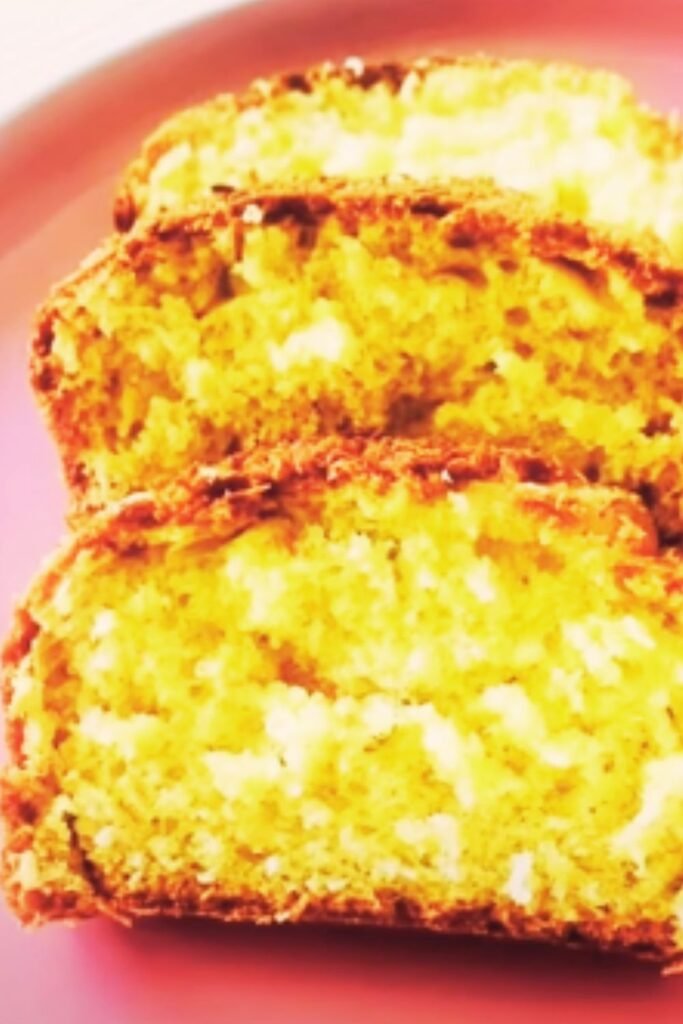
Troubleshooting Common Issues
Even experienced bakers encounter challenges. Here are solutions to common problems you might face:
The cake is sinking in the middle
This often happens when the cake is underbaked or when the oven door is opened too early in the baking process. Ensure your oven is properly preheated and avoid opening the door during the first 30 minutes of baking.
The matcha color isn’t vibrant
This likely means your matcha powder has oxidized or is lower quality. Use fresh, high-quality matcha stored in an airtight container away from light and heat.
The cake is too dense
This can happen if the butter and sugar aren’t creamed long enough, if the eggs are cold, or if the batter is overmixed after adding the flour. Ensure all ingredients are at room temperature and mix just until ingredients are incorporated after adding flour.
The glaze is too runny or too thick
For a runny glaze, add more powdered sugar, a tablespoon at a time. For a thick glaze, add more coconut milk, a teaspoon at a time, until you reach the desired consistency.
Perfect Occasions for Green Tea Coconut Loaf Cake
This versatile cake fits beautifully into various settings:
- Weekend brunches with friends
- Afternoon tea gatherings
- Book club meetings
- Office potlucks (it travels well!)
- As a homemade gift for tea lovers
- Spring and summer celebrations
- Asian-inspired dinner party dessert
I’ve brought this cake to countless gatherings, and it always sparks conversation—both about its striking appearance and its unique flavor profile.
Sustainability Notes
As someone who cares about sustainability, I try to make environmentally conscious choices when baking:
- Look for matcha from companies that practice sustainable farming
- Choose organic coconut products when possible
- Use eggs from free-range chickens
- Reduce food waste by using leftover coconut milk in smoothies or curries
- Compost eggshells and any food scraps
These small choices don’t affect the flavor of the cake but do help reduce its environmental impact.
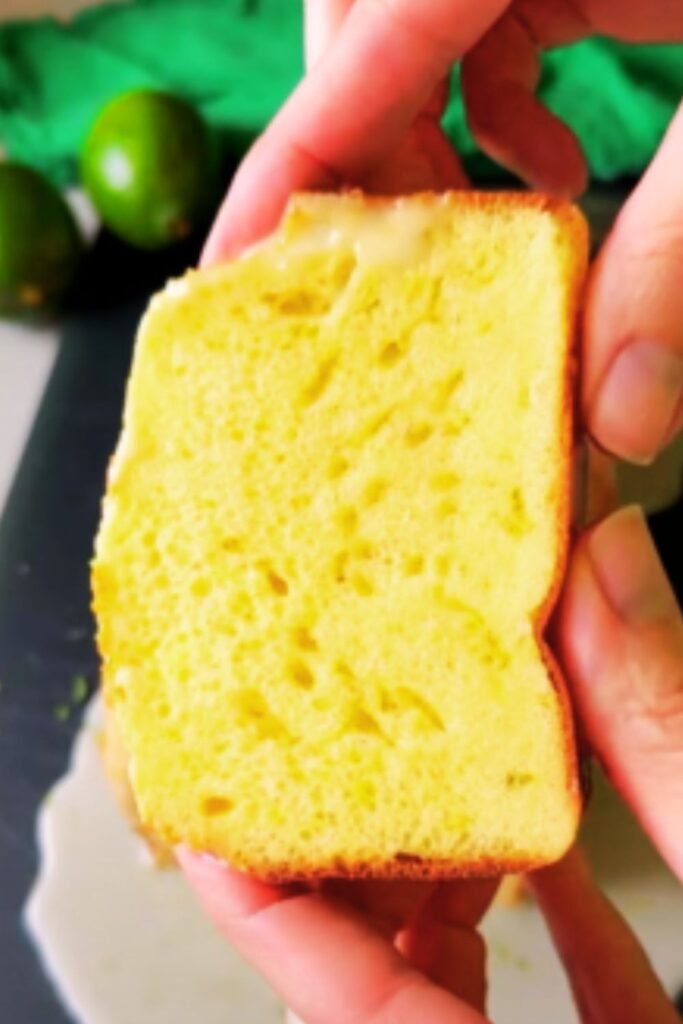
Q&A Section
Q: Can I use culinary-grade matcha instead of ceremonial grade? Absolutely! In fact, I recommend culinary-grade matcha for baking. Ceremonial grade is more expensive and is best enjoyed as a traditional tea. Culinary grade has a slightly stronger flavor that stands up well to the baking process.
Q: Can I make this cake dairy-free? Yes! Replace the butter with coconut oil (use solid coconut oil and cream it with the sugar just as you would butter). The coconut milk is already dairy-free, so no substitution needed there.
Q: How can I tell if my matcha is still good to use? Fresh matcha should be vibrant green, not dull or brownish. It should smell fresh and grassy, not musty. If your matcha has changed color or lost its aroma, it’s time to replace it.
Q: Can I use desiccated coconut instead of shredded coconut? Yes, you can use desiccated coconut, but the texture will be slightly different. If using desiccated coconut, you might want to hydrate it slightly by soaking it in a bit of warm coconut milk for about 10 minutes before adding it to the batter.
Q: My cake turned out more brown than green. What happened? This could be due to the quality of your matcha, which may have oxidized, or your oven might be running hot. Try reducing the baking temperature by 25°F and using fresher matcha.
Q: Can I make this into muffins instead of a loaf? Definitely! Pour the batter into a lined muffin tin, filling each cup about ⅔ full. Bake at the same temperature but reduce the baking time to about 18-22 minutes, or until a toothpick comes out clean.
Q: How much caffeine is in a slice of this cake? A slice of this cake contains much less caffeine than a cup of coffee but more than a regular green tea. With 2 tablespoons of matcha in the entire loaf, each slice (assuming 10 slices per loaf) would contain approximately 12-15mg of caffeine.
Q: Can I omit the coconut if I’m not a fan? Yes, you can omit the shredded coconut and replace the coconut milk with regular milk or a different non-dairy alternative. However, the cake will have a different flavor profile and will essentially become just a green tea loaf cake.
Q: How can I make this cake less sweet? You can reduce the sugar in the cake batter to ¾ cup without affecting the texture too much. For the glaze, use less powdered sugar or omit the glaze entirely and dust the top with a mixture of powdered sugar and matcha powder instead.
Q: Can I use a food processor instead of an electric mixer? A food processor isn’t ideal for this recipe as it won’t incorporate air into the butter and sugar mixture the way an electric mixer does. If you don’t have an electric mixer, you can cream the butter and sugar by hand with a wooden spoon, though it will require more effort and time.
Final Thoughts
Creating the perfect Green Tea Coconut Loaf Cake is both an art and a science. The balance of flavors, the careful mixing technique, and the quality of ingredients all play crucial roles in the final result. What I love most about this recipe is how it transforms simple ingredients into something truly special—a cake that’s as beautiful as it is delicious.
As with all baking, there’s room for personalization. Once you’ve mastered the basic recipe, feel free to experiment with the variations I’ve suggested or create your own. The marriage of green tea and coconut creates a wonderful canvas for additional flavors.
Whether you’re a seasoned baker or trying your hand at a matcha recipe for the first time, I hope this Green Tea Coconut Loaf Cake brings as much joy to your kitchen as it has to mine. There’s something deeply satisfying about slicing into that vibrant green loaf, releasing the aromas of coconut and matcha, and sharing it with people you care about.
Happy baking!
